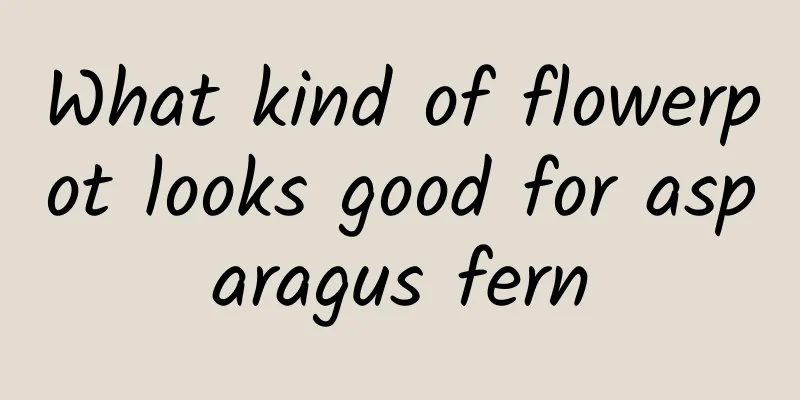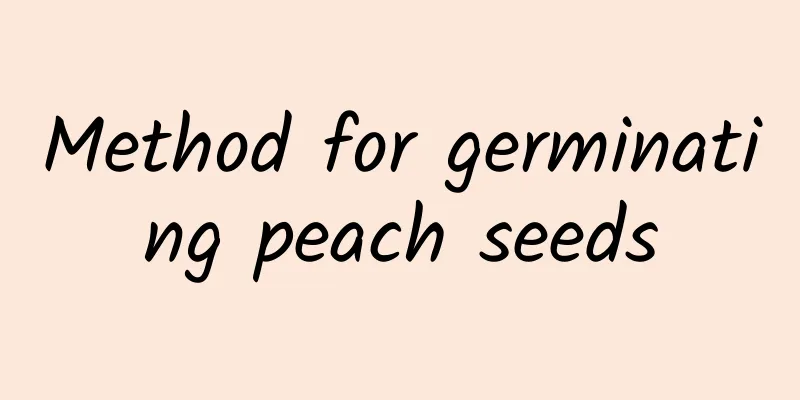Succulent cultivation techniques and methods

|
Succulent plants are unique in the plant world with their cute appearance and colorful leaves, and have become the new favorite of plant lovers in recent years. However, it is not easy to grow succulents well. They are quite picky about their growing environment. Improper care may lead to problems such as root rot, waterlogging, excessive growth, diseases and insect pests, affecting their health and appearance. Next, let’s learn the cultivation techniques and methods of succulents. 1. Choose a pot Choose a flower pot with drainage holes at the bottom. It is best to choose a ceramic or porcelain pot with good air permeability. Avoid using airtight plastic or glass pots. 2. Soil preparation Succulent plants are suitable for mixing peat soil and granular soil in a ratio of 3:7. Granular soil can be made of sand, perlite , vermiculite or volcanic rock to ensure that the soil is both breathable and well-drained to prevent root rot. 3. Put it in the basin When potting, first trim the roots of succulents, remove unhealthy roots, and retain healthy taproots. After root pruning, dry the wound to avoid infection. Use slightly moist soil for potting, do not water immediately, wait until the roots have grown before watering thoroughly. 4. Watering Adjust watering amounts flexibly according to the growing season, variety, soil and climate conditions of your succulents. Water more often during the growing season, and control watering during the dormant period to avoid waterlogging. 5. Lighting Succulents need plenty of sunlight, preferably full sun. When maintaining indoors, it should be placed in a well-lit area and avoid darkness. Shade is needed in summer to prevent sunburn of the leaves. 6. Temperature and humidity The suitable temperature for the growth of succulents is 15-28 degrees Celsius. Pay attention to shade and ventilation in summer, and keep warm and control water in winter. Maintenance strategies need to be adjusted accordingly under humidity conditions in different regions. 7. Ventilation Good ventilation helps succulents grow healthily and reduces pests and diseases. Keep the air circulating and avoid high humidity and pollution. 8. Pest and disease control Check your succulents regularly to detect and treat pests and diseases in a timely manner. For diseases such as black rot, once discovered, they should be isolated and treated immediately, the diseased part should be removed, dried and then replanted. In addition, during dormancy, the growth rate of succulents slows down and their demand for water decreases. Therefore, the frequency of watering should be reduced, just keep the soil slightly moist, and avoid overwatering which may cause root rot.
|
<<: What should I do if the tips of succulent leaves turn black and wither?
>>: Camellia indoor cultivation methods and precautions
Recommend
How to prune chrysanthemums and in which month is it suitable to prune them?
Chrysanthemum pruning time Chrysanthemums need to...
How to plant a money tree? Planting methods and precautions
Money tree growth environment requirements The mo...
Cultivation methods and precautions for water-grown gardenia
1. Breeding methods 1. Light: Gardenia prefers li...
What is the best fertilizer for white orchid?
Fertilizing time for white orchid 1. Fertilizer c...
Will roses be killed by the sun in summer?
As the temperature is getting higher and higher, ...
When does the scented vine bloom?
Flowering period The flowering period of the frag...
How to cultivate corals
Coral Growth Conditions The most suitable water t...
As the weather turns cold, be careful when growing flowers indoors
Things to note when growing flowers indoors Don’t...
What are the cultivation methods and precautions of diamond jadeite?
Diamond Jade Growth Habits Diamond Jade prefers a...
What are the cultivation methods and precautions of Dendrobium candidum
How to cultivate Dendrobium candidum Dendrobium o...
When does gardenia grow fast and how can it grow fast
1. When does Gardenia grow fast? Generally speaki...
How to prune arborvitae
When is the right time to prune arborvitae? Arbor...
Cultivation methods and precautions of heather
How to grow heather Temperature and light Photini...
How to fertilize the peace tree
Fertilization Because the peace lily has large le...
Causes and treatments for yellowing leaves of moss phlox
1. Lack of water Reason: Shibazakura likes to gro...









